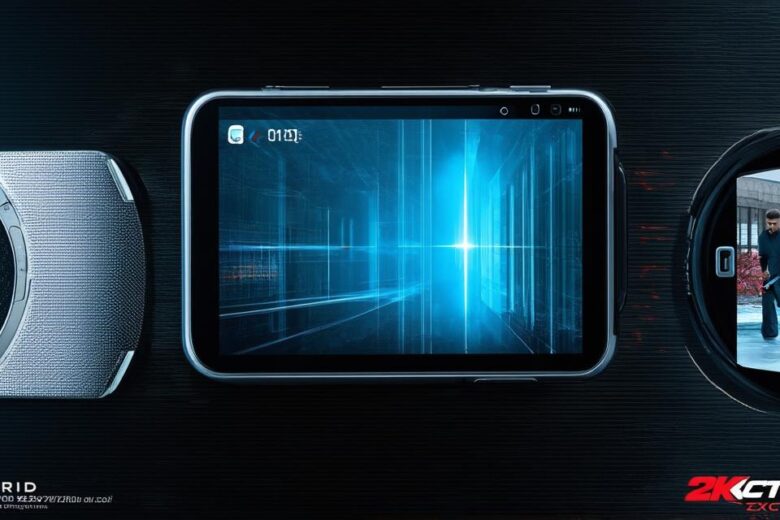Introduction
Augmented reality (AR) is an exciting technology that enables digital objects to be overlaid onto the real world. It has been around for a while now and has found many applications in fields such as gaming, education, and marketing.
With AR, users can interact with digital objects in a way that feels natural and intuitive, making it a powerful tool for developers looking to create engaging experiences.
What is Augmented Reality?
AR is a technology that allows digital objects to be overlaid onto the real world. This means that users can see digital objects in their environment as if they were really there. AR has been around for a while now and has found many applications in fields such as gaming, education, and marketing.
One of the key benefits of AR is that it allows users to interact with digital objects in a way that feels natural and intuitive. This makes it a powerful tool for developers looking to create engaging experiences. For example, a retailer could use AR to allow customers to see how furniture would look in their home before buying it. Or a car manufacturer could use AR to allow customers to customize the appearance of their cars.
Why Implement Augmented Reality on Android?
AR is a powerful technology that has many applications on Android devices. Here are some reasons why you should consider implementing AR in your app:
- Engaging Users: AR can help to create engaging and immersive experiences for users. This can lead to increased engagement and higher retention rates.
- Increased Sales: AR can be used to drive sales by allowing customers to see products in action before making a purchase.
- Improved Learning: AR can be used to improve learning by allowing students to visualize concepts in a more interactive and engaging way.
- Enhanced Gaming Experience: AR can be used to create immersive gaming experiences that feel like the user is really in the game.

Choosing the Right AR Development Tools and Frameworks
There are many tools and frameworks available for developing AR on Android devices. Here are some of the most popular options:
- Unity: Unity is a popular game engine that can also be used for AR development. It has a large community of developers and supports many plugins for AR development.
- Vuforia: Vuforia is an AR SDK that allows you to easily create AR experiences on Android devices. It supports image recognition, object detection, and markerless tracking.
- Wikitude: Wikitude is another AR SDK that allows you to create AR experiences on Android devices. It supports a wide range of features, including object recognition, markerless tracking, and indoor navigation.
When choosing an AR development tool or framework, it’s important to consider factors such as ease of use, community support, and available features. You should also consider the performance requirements of your app and ensure that the tool you choose can meet those requirements.
Creating AR Content
Once you have chosen an AR development tool or framework, you will need to create the content for your app. This includes creating 3D models of objects, defining markers, and setting up tracking.
When creating AR content, it’s important to keep in mind that users will be interacting with digital objects in a real-world environment. This means that your content should feel as natural and intuitive as possible. You should also ensure that your content is optimized for performance, as AR apps can be resource intensive.
